Every machinist knows the truth – not all CNC machines are created equal. Each type has its own quirks, strengths, and that one particular job it was born to do. Let’s cut through the brochure specs and talk about what these machines really do when the shop doors close.
Vertical Machining Centers (VMCs) – The shop’s reliable workhorse. These are the machines that take the abuse day in and day out. Modern VMCs might look similar to their predecessors, but don’t be fooled. Today’s models come with spindle warm-up routines that compensate for thermal growth before the first tool even touches metal. The real game changer? Through-spindle coolant systems pushing 1,000 psi that blast chips out of deep cavities like a firehose.
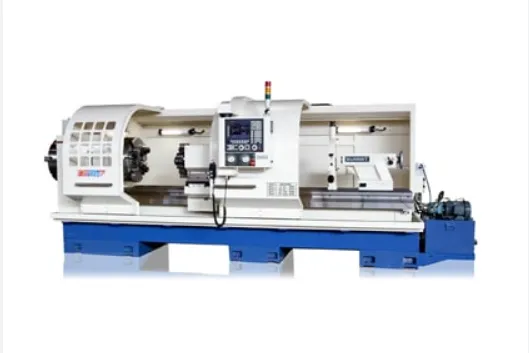
Horizontal Machining Centers (HMCs) – Where VMCs are sprinters, HMCs are marathon runners. Their real magic lies in pallet changers that keep production moving while operators set up the next job. The chip management on these machines is a thing of beauty – gravity actually works in your favor for once. For high-volume work, nothing beats watching an HMC with twin pallets chew through a production run like a mechanical Pac-Man.
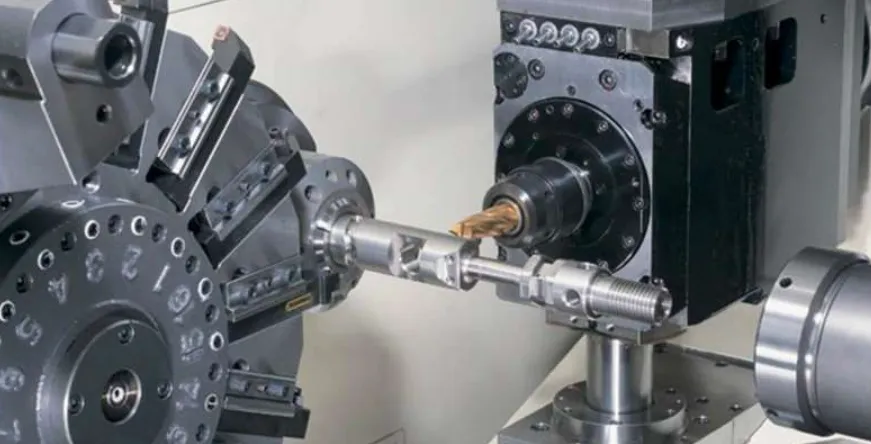
5-Axis Machines – The prima donnas of the shop. When they’re running well, there’s nothing they can’t do. But keep an ear out for that telltale vibration when the trunnion tries to move a heavy part at an awkward angle. The best operators know how to balance cutting forces to keep these machines happy. Pro tip: Always check the machine’s volumetric accuracy report – that’s where you’ll see if it can actually hold tolerance across its full working envelope.
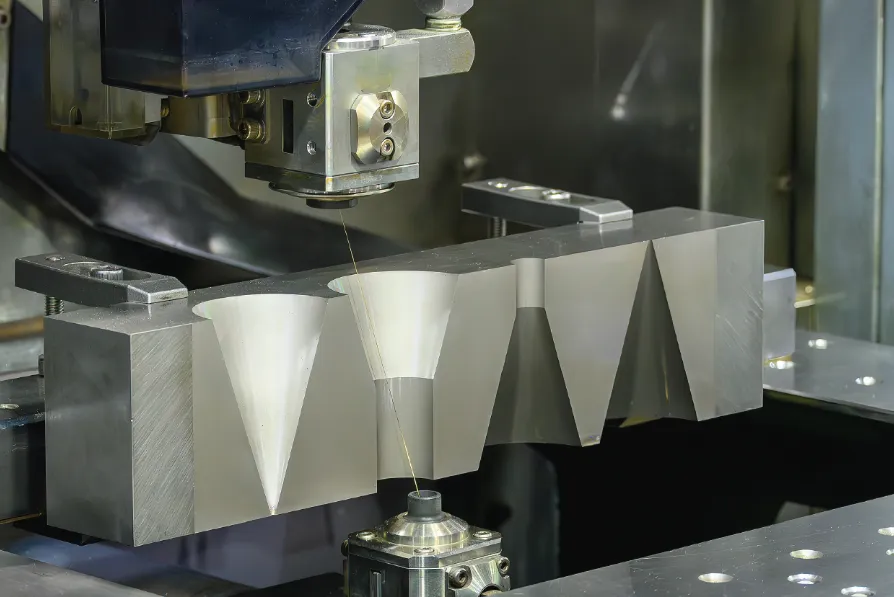
Lathes – The old-school masters of round parts that have quietly gotten smarter. Modern turning centers with live tooling blur the line between lathes and mills. The real innovation? Machines that automatically adjust for tool pressure, compensating for deflection in real-time during heavy cuts. Watch one rough-turn a 10″ diameter stainless shaft and you’ll understand why CNC lathes still rule for rotational parts.
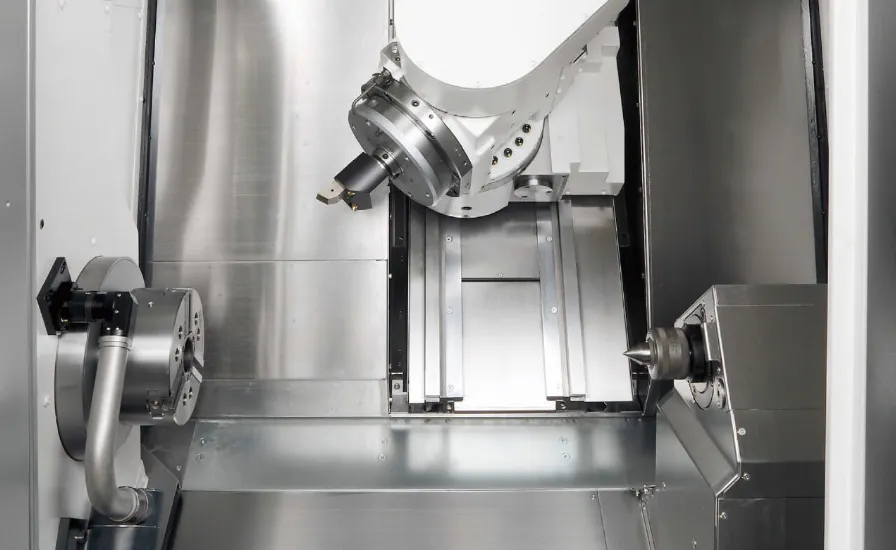
Swiss Machines – The watchmakers of the machining world. These slender machines with their guide bushings can hold tolerances that make other equipment blush. The secret is in the sliding headstock that moves the material instead of the tool. For small, complex parts, nothing beats watching a Swiss machine spit out finished components every 30 seconds.
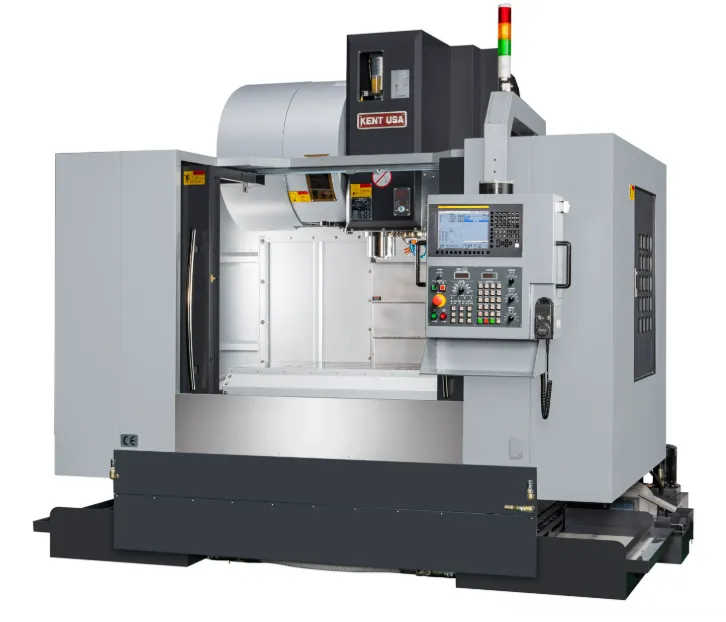
EDM Machines – The shop’s silent assassins. While other machines scream through metal, EDMs work their magic with sparks and dielectric fluid. The real magic happens in the generator – modern power supplies can detect and adjust for gap conditions 50,000 times per second. For hardened tool steel or intricate details that would snap end mills, nothing else comes close.
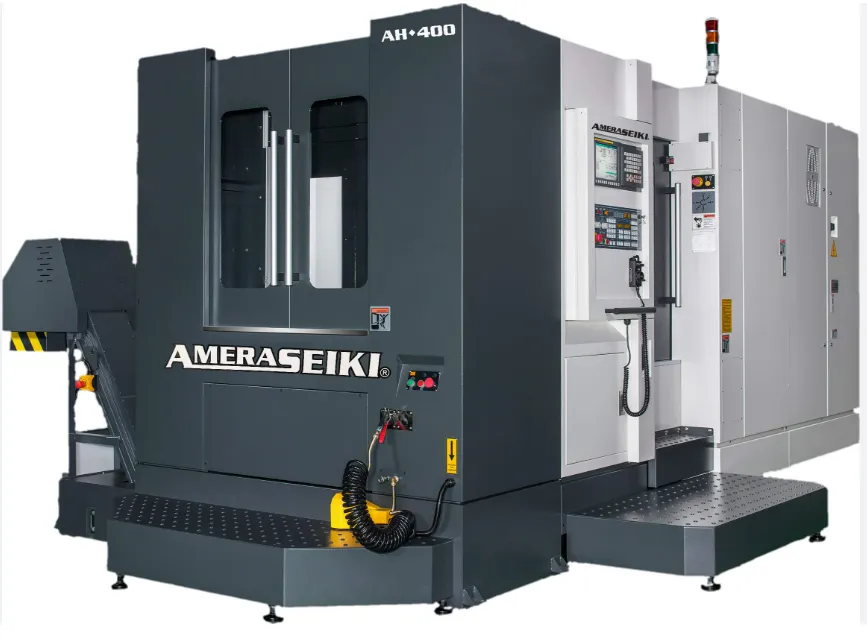
Multi-Tasking Machines – The ultimate show-offs. These machines combine turning, milling, and sometimes even grinding in a single setup. The programming nightmares are worth it when you see a complete part come off the machine – drilled, tapped, and milled without ever being touched by human hands. Just pray you never have to troubleshoot a tool crash in one of these beasts.
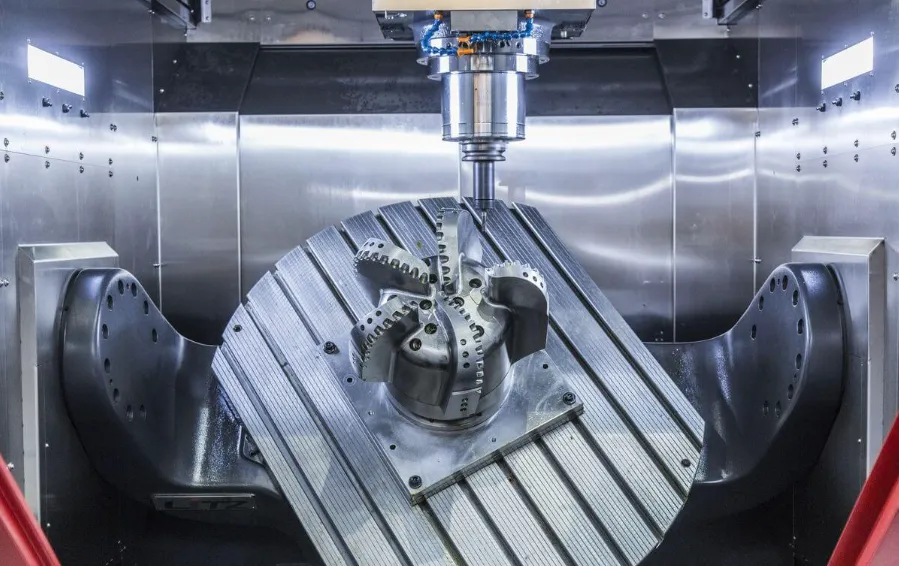
At the end of the day, the best machine is the one that makes you money. Whether it’s a $100,000 VMC or a $1 million 5-axis beast, what matters is how well it fits your work. The real art comes in knowing which machine to use for which job – and more importantly, which jobs to turn away because your equipment isn’t the right fit. That’s the difference between a shop that survives and one that thrives.




